Pseudo-Dutch… We’re near the end of our second week in the Netherlands, having a wonderful experience here and there despite the noticeable lack of that third dimension in the landscape, height. The country makes up for this in innumerable ways. At the same time, we feel a mix of emotions as we follow news from Georgia, roiling once again in its furious protests and counter-protests and police response. The whole world is watching once again.
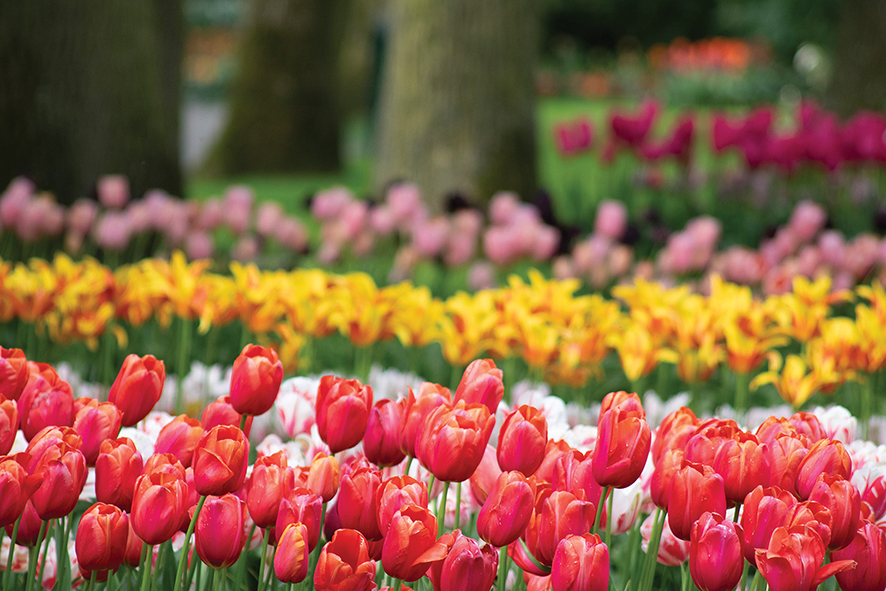

Our hosts, my old friends from years before Georgia, took us to Texel Island in the north for a weekend, which also turned out to include King’s Day, the monarch’s birthday and a blazing orange national festivity. The weather was still quite cold, but short rains did nothing to quench our enthusiasm as we settled into our apartment and began exploring the island.
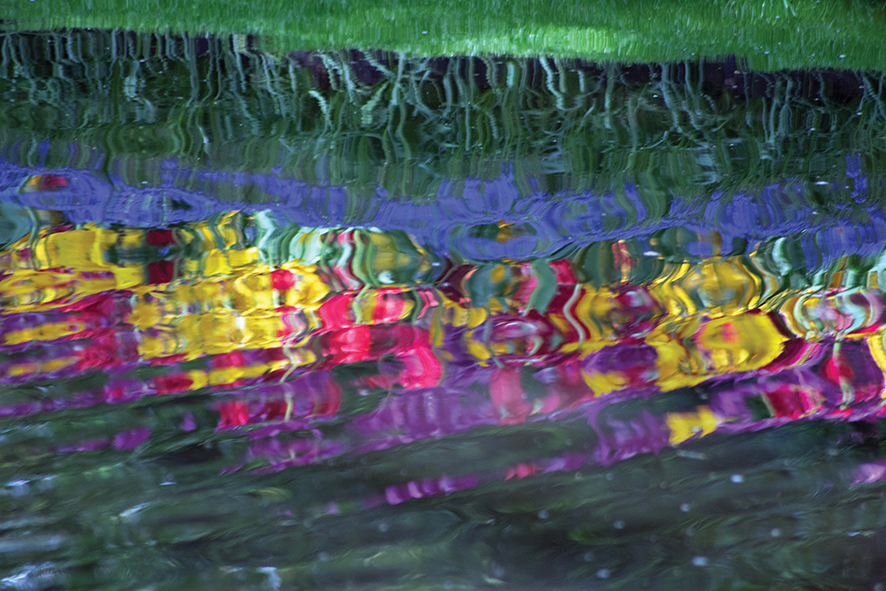
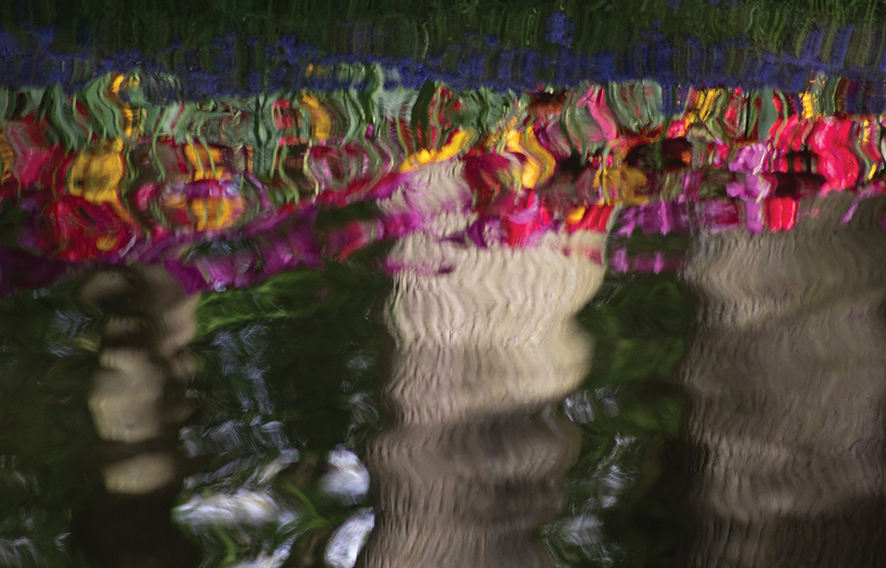
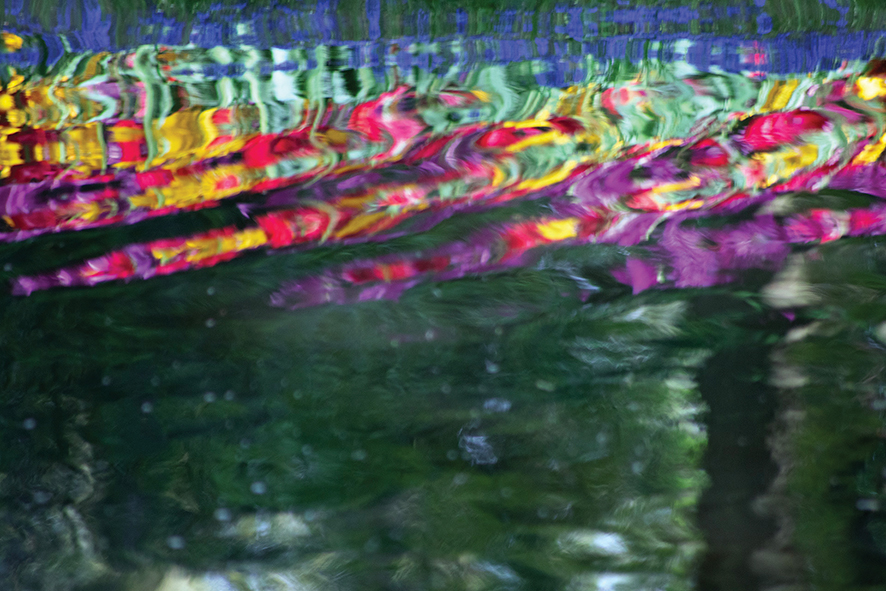

Texel famously includes a beautiful memorial garden to 481 Georgian soldiers who right at the end of World War II turned against the Nazi German occupiers and all died fighting them. Our friends had not known this until I discovered it while researching the place before we left Georgia, so it was a nice find for them as well as us. A rose bush has been planted for each of the soldiers, and all their names are listed on a large plaque, in both Georgian and Latin alphabets.
The island has a sanctuary for injured or orphaned seals as well, taken in for a few months on average for care before being released back into the wild. We marveled at their superb, gliding mastery of water compared to how they struggle to move on land. A number of species are here at any time.
The lighthouse with its climbable tower gave us a good look at most of Texel, as did the spire of the largest church. And we enjoyed some great local food, while the whole place partied, letting its hair down to celebrate King’s Day.
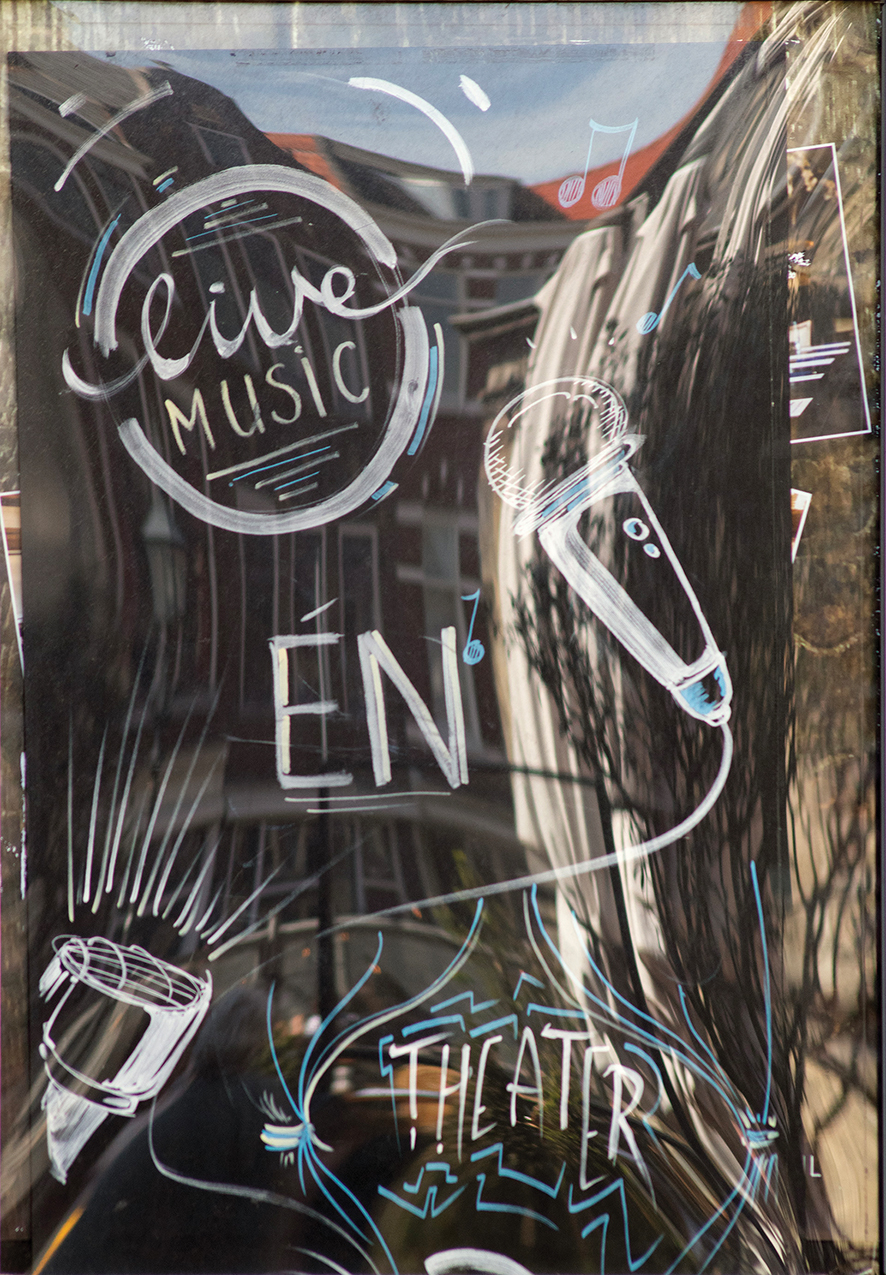
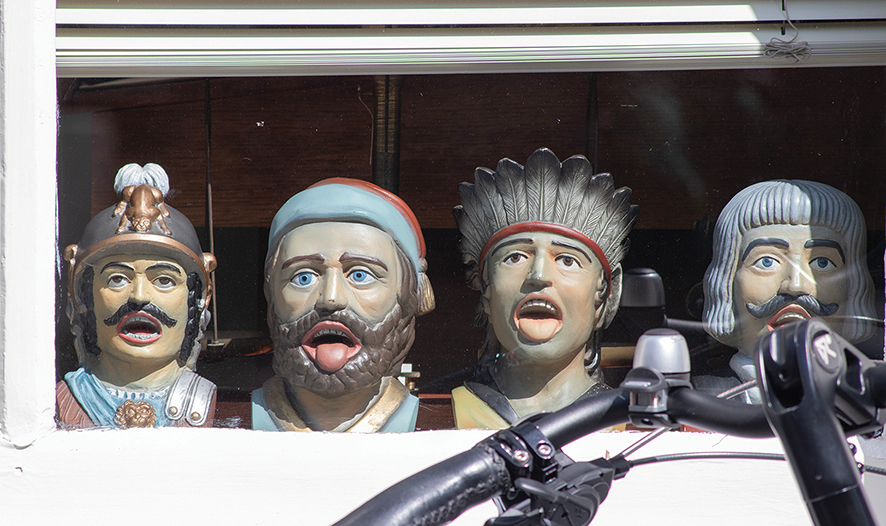
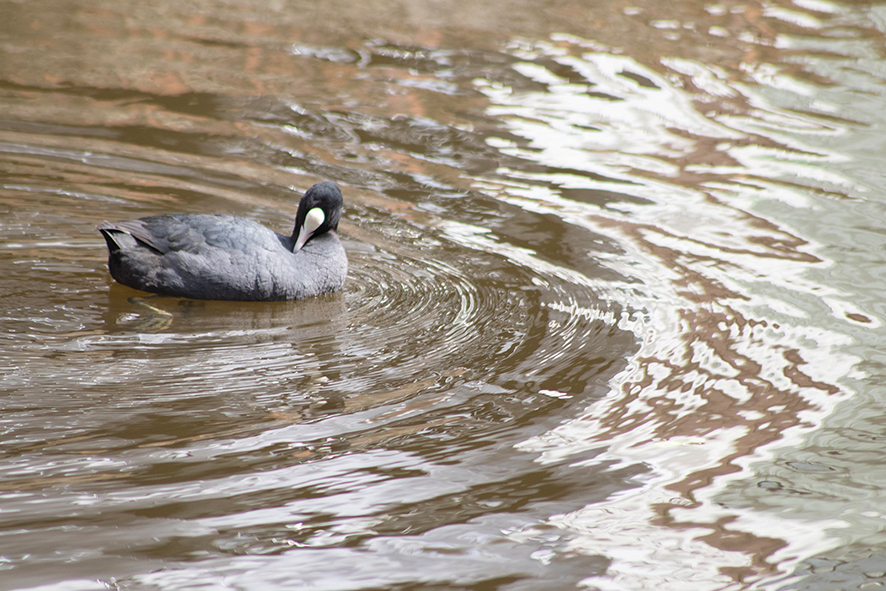

But there has been so much more to see in addition to this. Keukenhof Park is justifiably billed as the world’s most beautiful spring garden, with hectares of tulips in an unending variety of colors offering two months of glory to up to 20000 visitors per day. Forests and ponds with water birds add to the magic. Despite so many people, crowd control and bus transport are well handled, and it never felt claustrophobic. Lali was thrilled at every step, and I took over 300 photos.

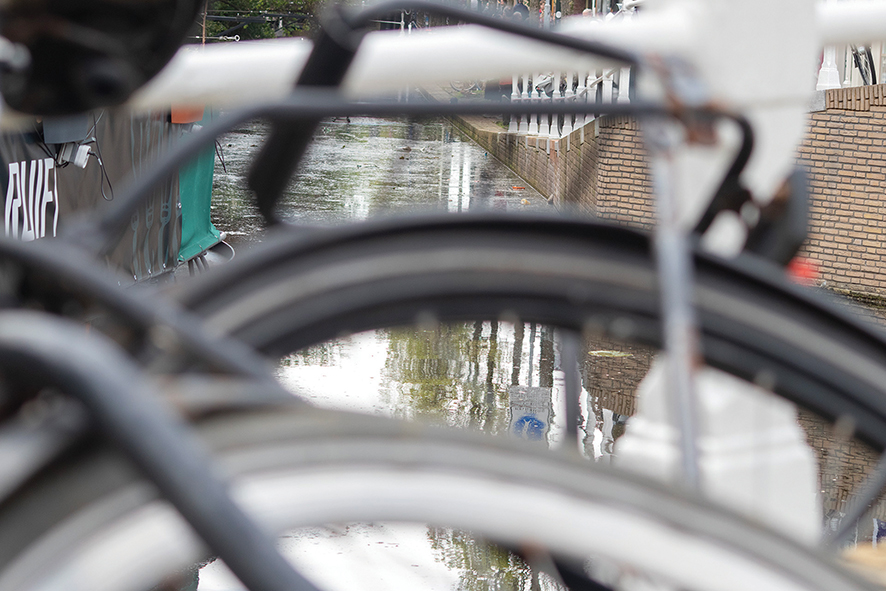

We spent a few hours wandering through Amsterdam’s huge Rijksmuseum, the state art museum, home to Rembrandt’s huge Night Watch, more paintings by him, many canvases by Renaissance-era Impressionist precursor Frans Hals, and hall after hall of art from millennia BC to the present. Too much to take in, but we loved it. Today, it’s the Escher Museum, for my favorite graphic artist in the world, in The Hague.
A Georgian friend of many years showed us around Delft as well. I knew this to be one of the most important cities in the world for pottery since the Middle Ages, especially blue-and-whiteware. But the whole city is visually marvelous with its canals and high, narrow old houses and squares; its porcelain history is only a small part of visiting.
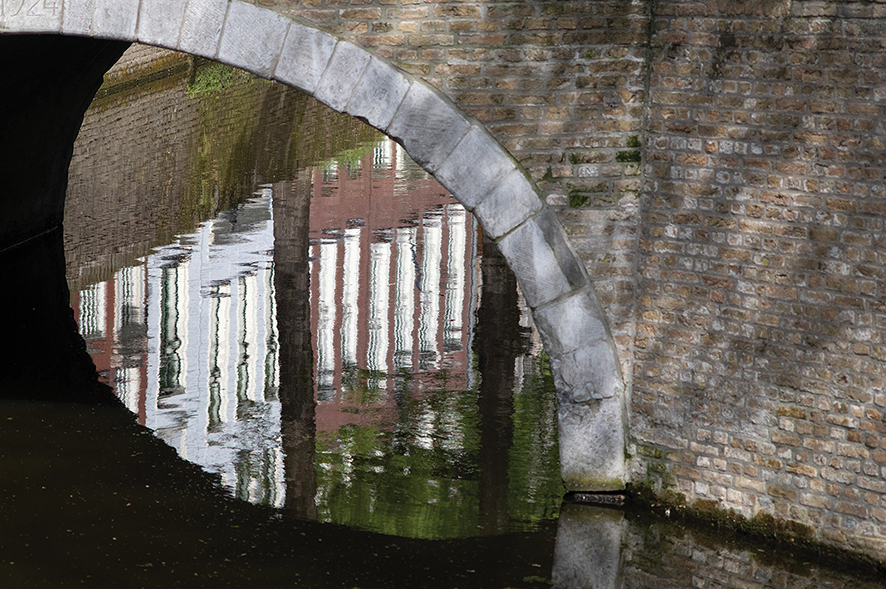

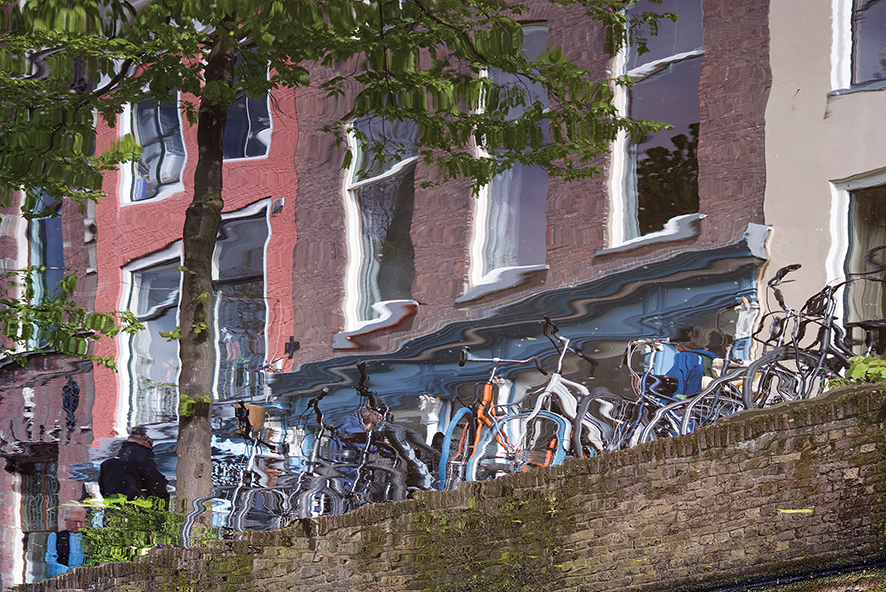
We are very impressed with the public transport in this country: Quick, multi-mode, frequent, not crowded or noisy. But it is expensive compared to Georgia, of course, matching the Netherlands’ high standard of living. The country is also becoming increasingly cashless, with more and more places accepting only cards for payment.
Now, with two days left, we look forward to going back east, but again with some trepidation from the unrest which is currently defining Georgia. However, it remains home.
Blog by Tony Hanmer
Tony Hanmer has lived in Georgia since 1999, in Svaneti since 2007, and been a weekly writer and photographer for GT since early 2011. He runs the “Svaneti Renaissance” Facebook group, now with over 2000 members, at www.facebook.com/groups/SvanetiRenaissance/
He and his wife also run their own guest house in Etseri: www.facebook.com/hanmer.house.svaneti














